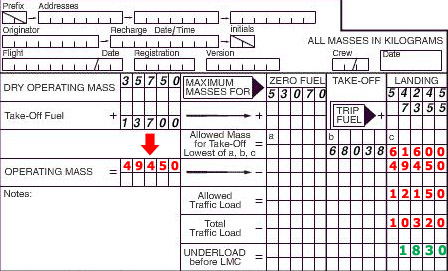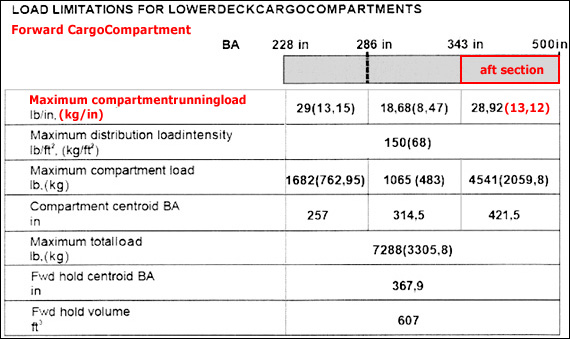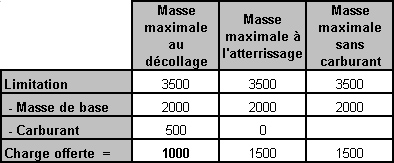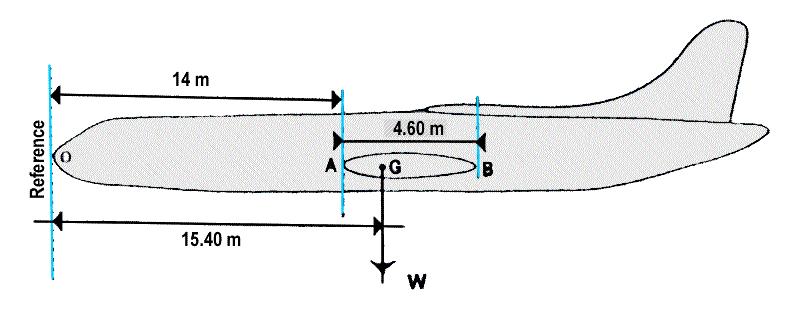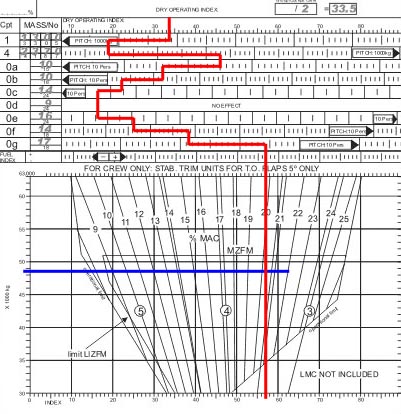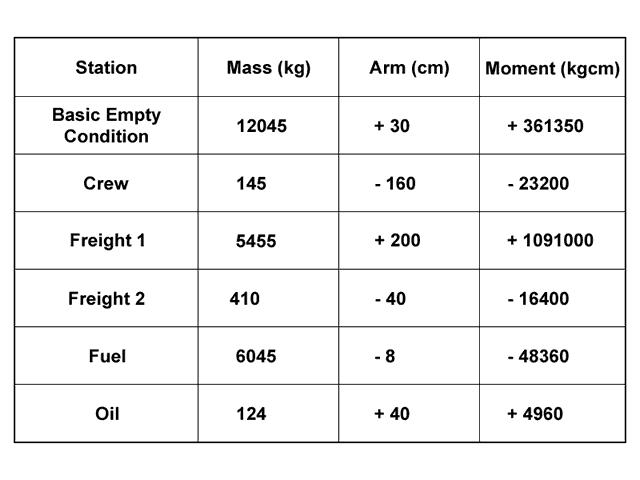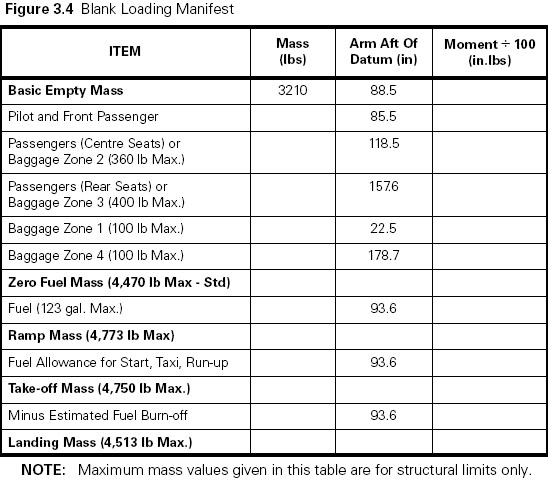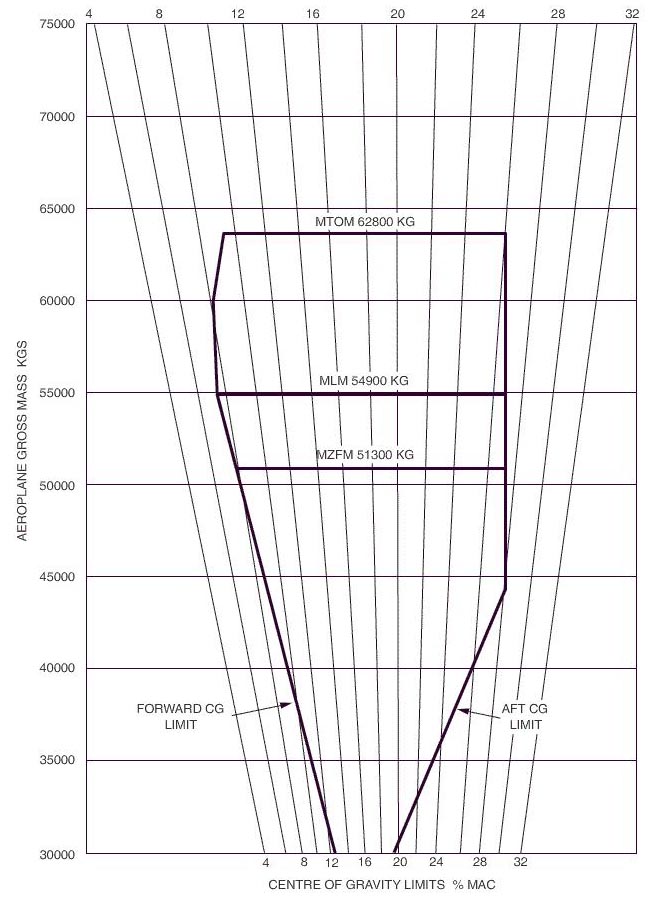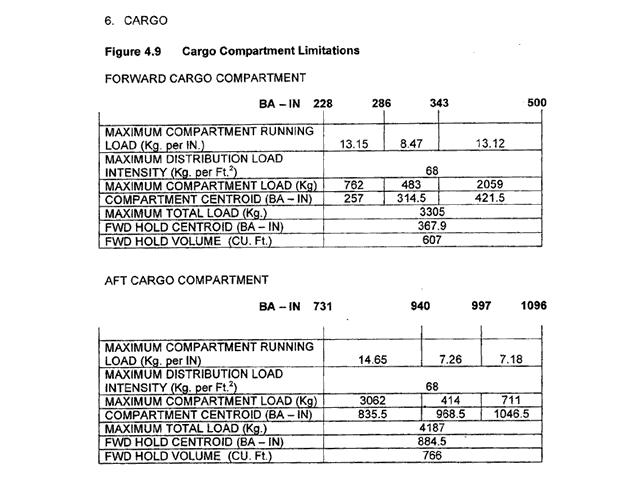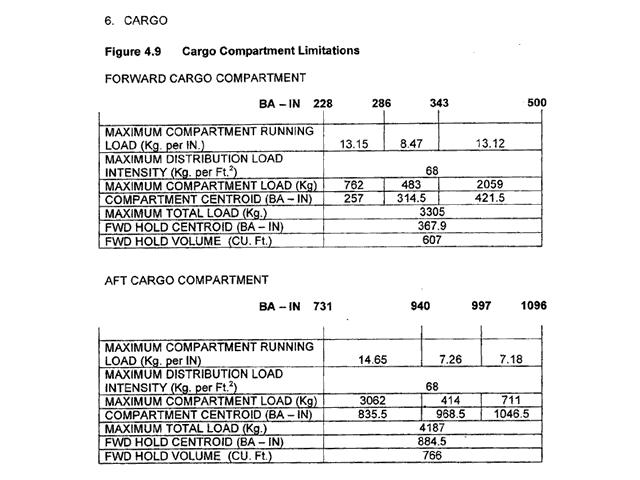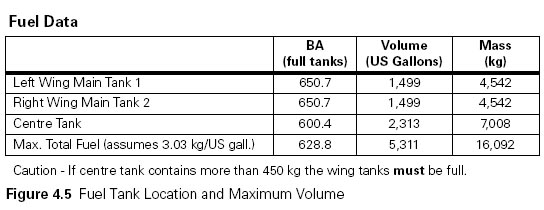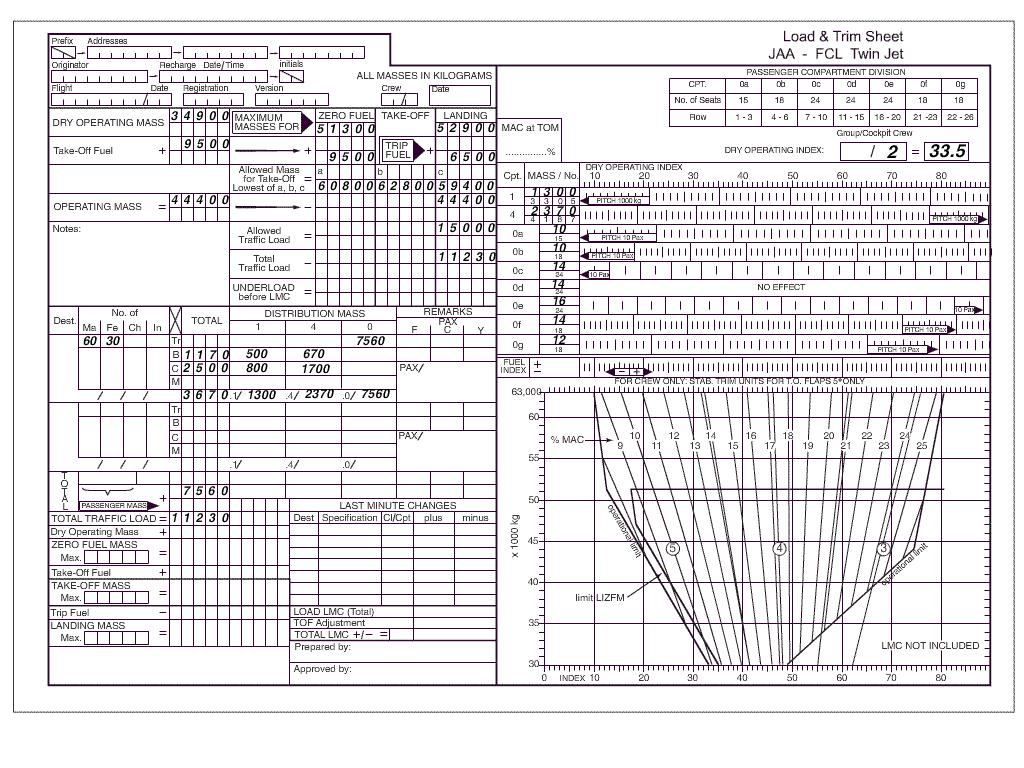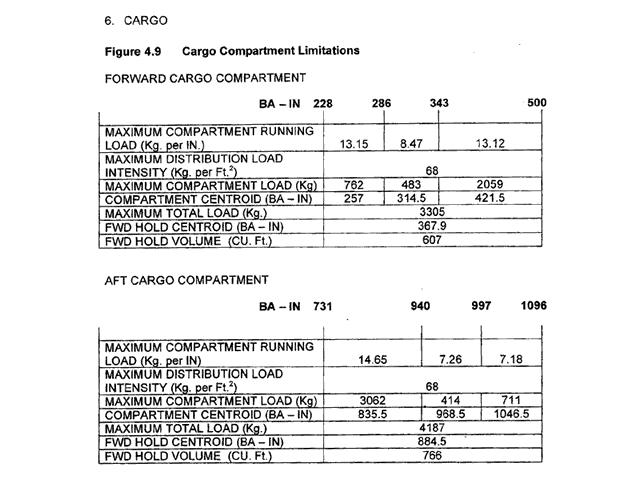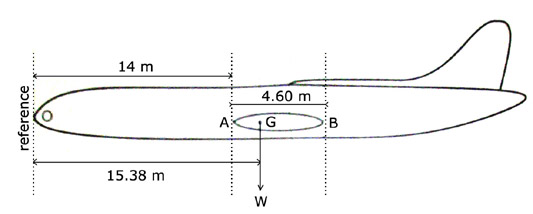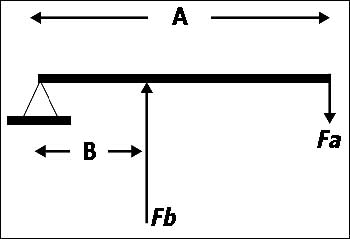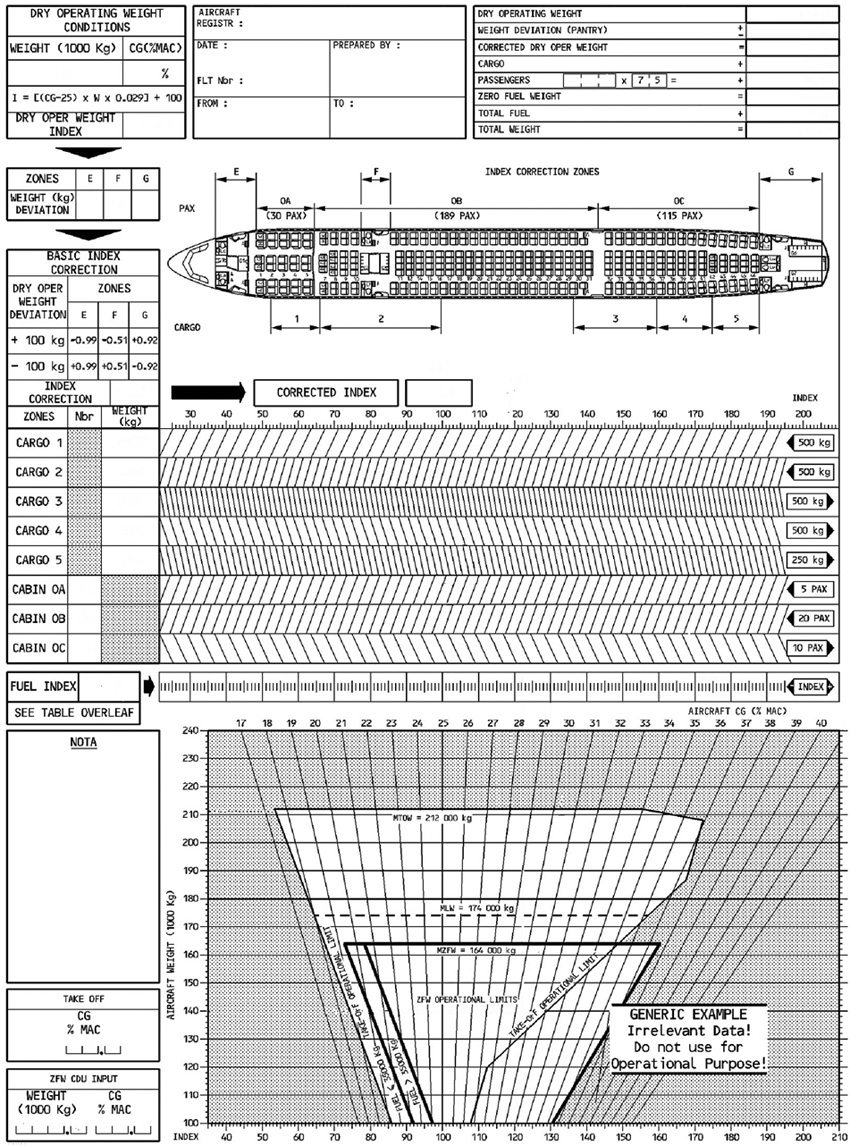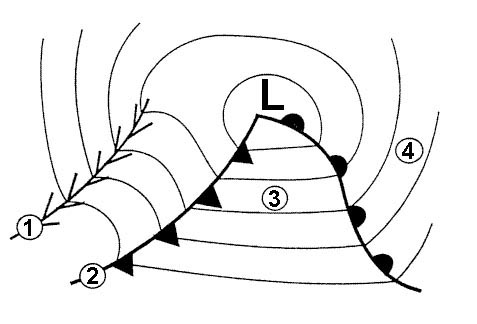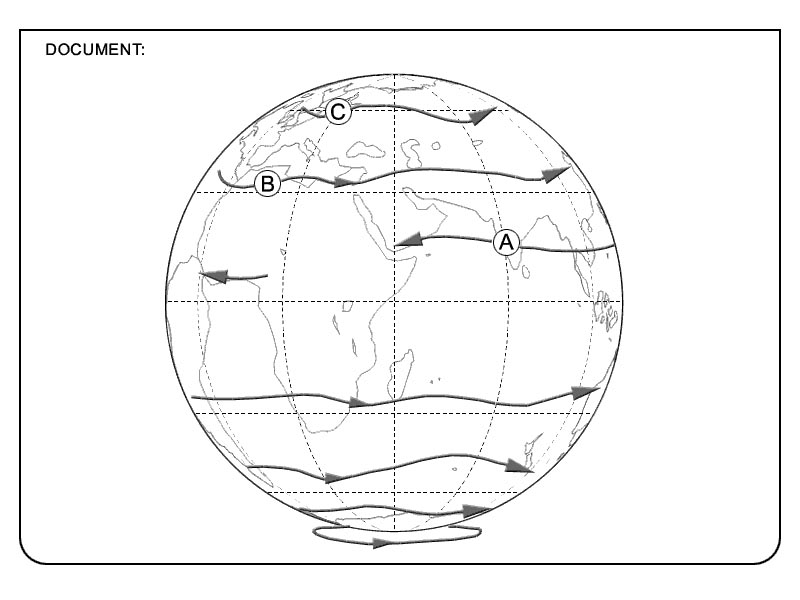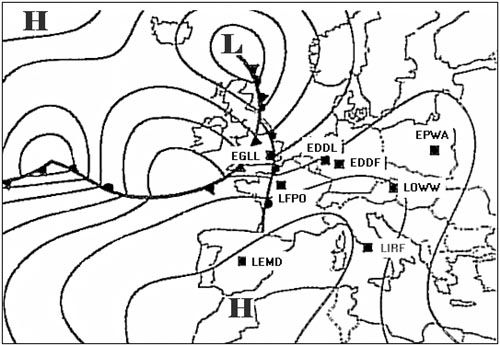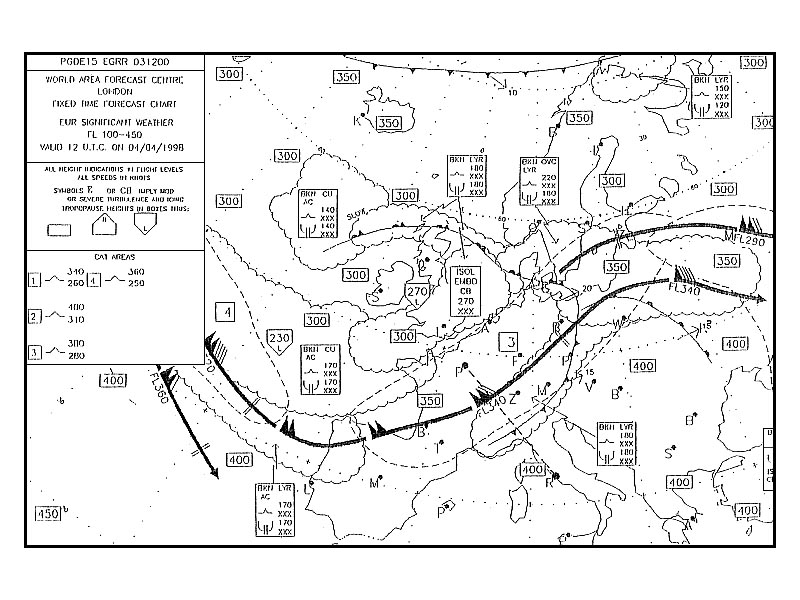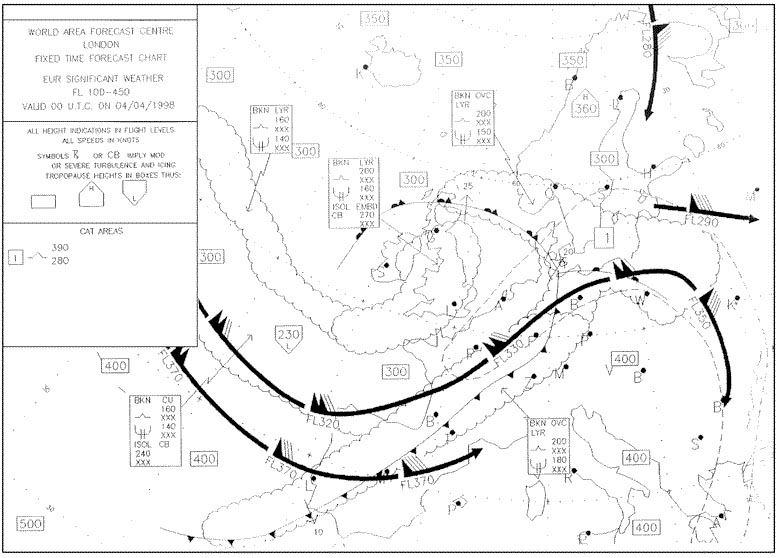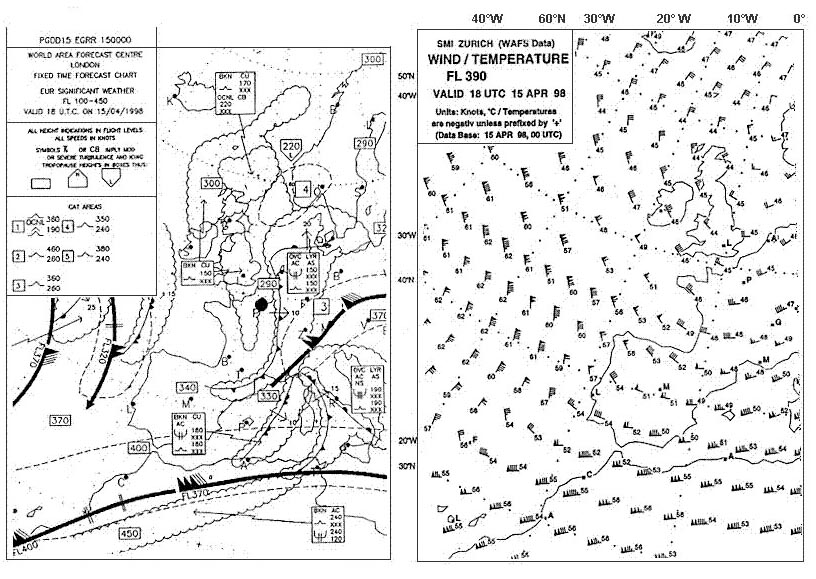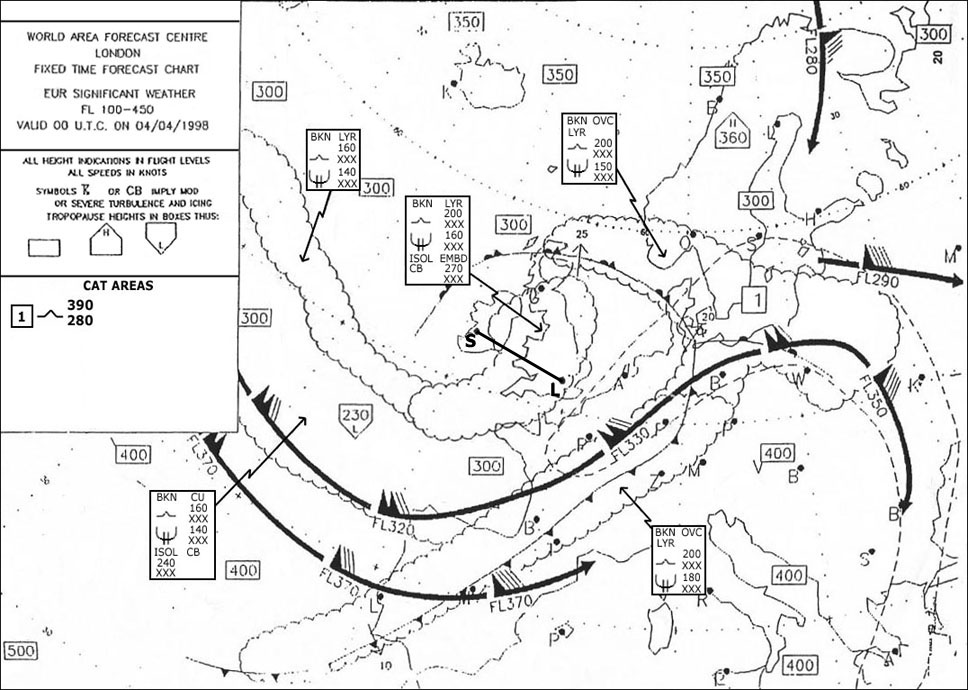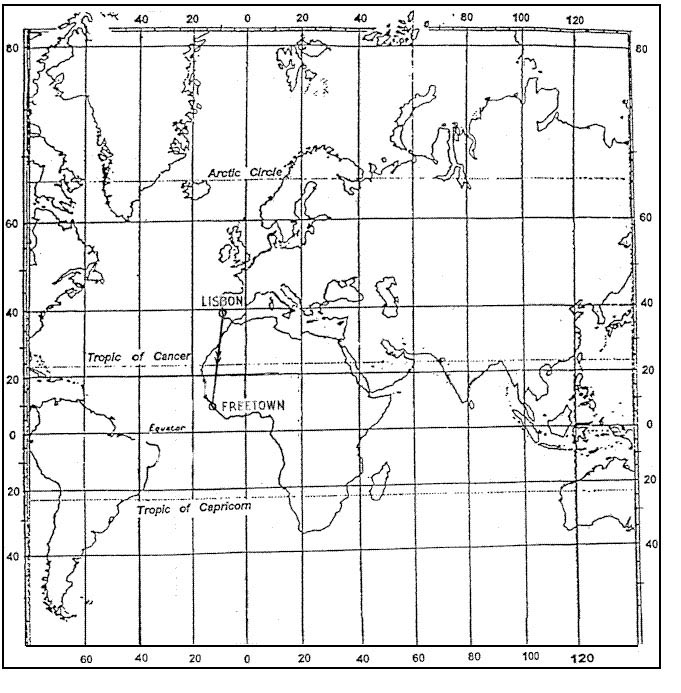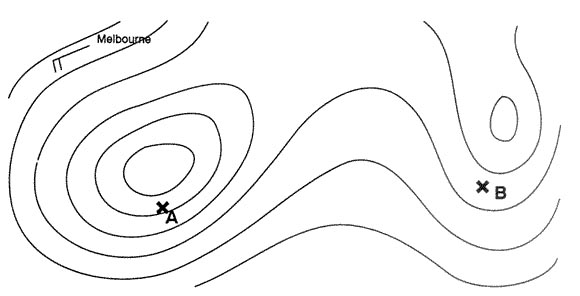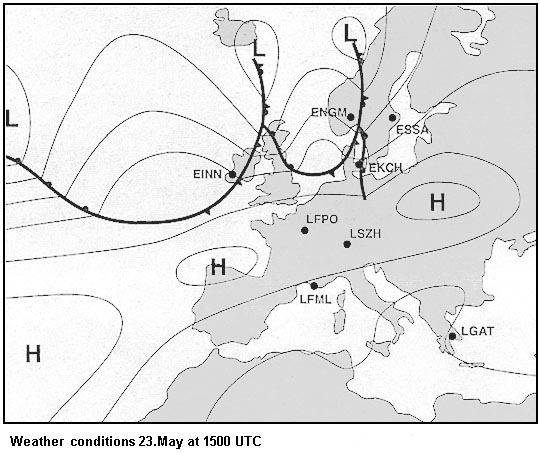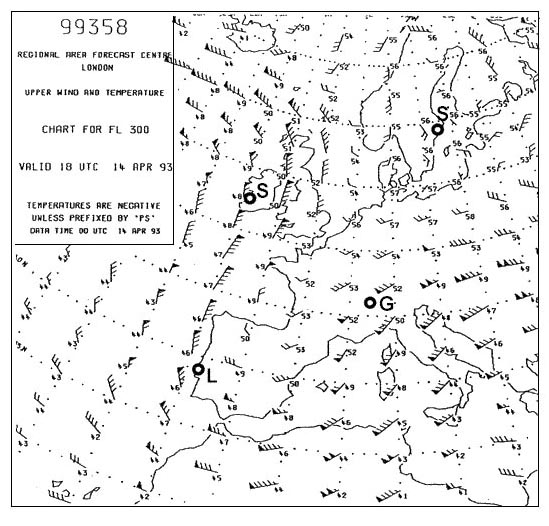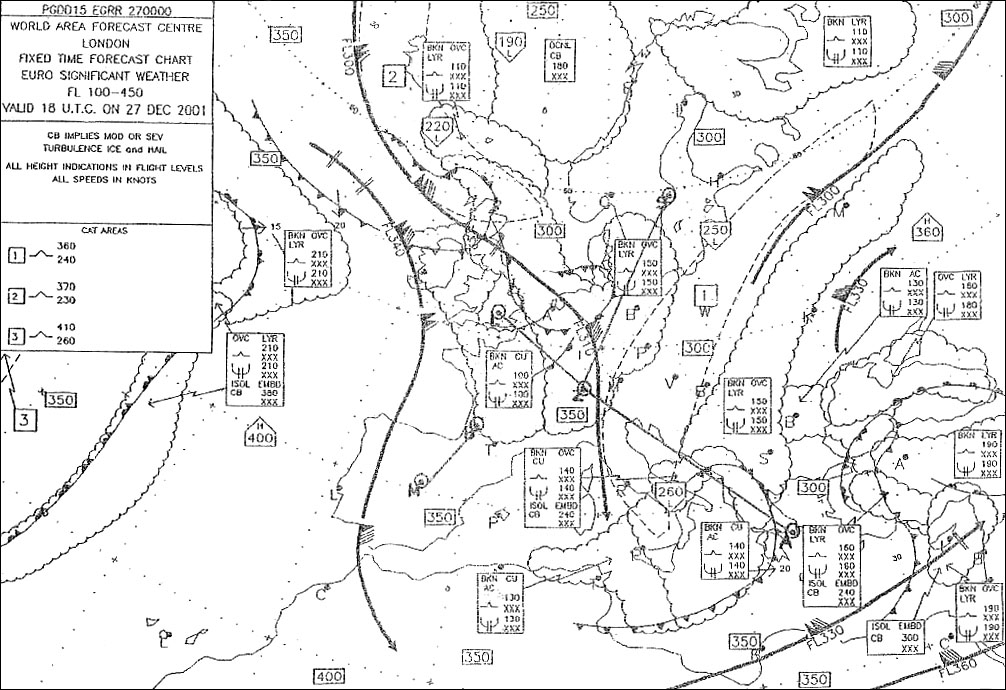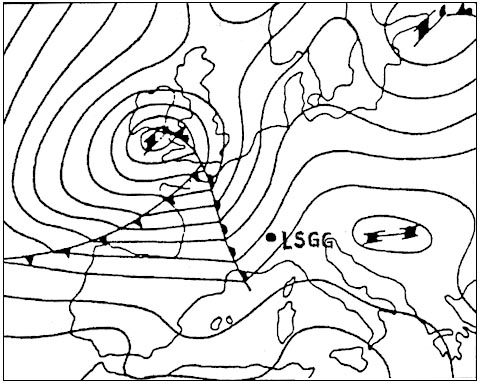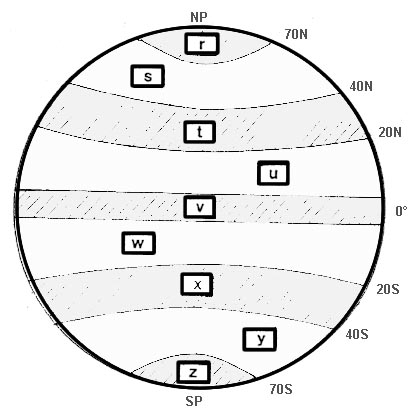Question 62-1 : When an aircraft has turned 90 degrees with a constant attitude and bank the pilot observes the following on a classic artificial horizon ? [ Theoretical lift off ]
Too much nose up and bank too low
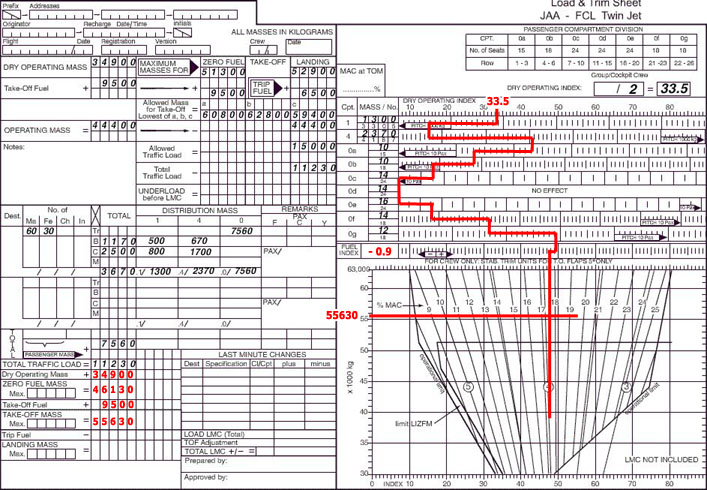
Question 62-2 : The gyroscope of a turn indicator has . nb the degree s of freedom of a gyro does not take into account its rotor spin axis ?
Question 62-3 : The indication of the directional gyro is valid only for a limited period of time the causes of this inaccuracy are . 1 rotation of the earth. 2 longitudinal accelerations. 3 aircraft's moving over the surface of the earth. 4 vertical components of the earth's magnetic field.the combination ?
1 3
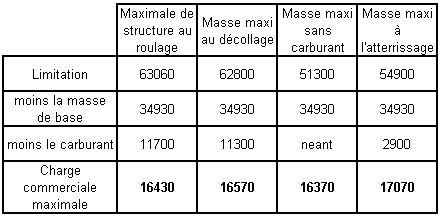
Question 62-4 : An airborne instrument equipped with a gyro with 2 degrees of freedom and a horizontal spin axis is .nb the degree s of freedom of a gyro does not take into account its rotor spin axis ?
Question 62-5 : An airborne instrument equipped with a gyro with 1 degree of freedom and a horizontal spin axis is a nb the degree s of freedom of a gyro does not take into account its rotor spin axis ?
Question 62-6 : In a turn at a constant angle of bank the turn indicator reading is ?
Inversely proportional to the aircraft true airspeed
Question 62-7 : At a low bank angle the measurement of rate of turn actually consists in measuring the ?
Question 62-8 : The rate of turn is the ?
Change of heading rate of the aircraft
Question 62-9 : On the ground during a right turn the turn indicator indicates ?
Question 62-10 : On the ground during a left turn the turn indicator indicates ?
Question 62-11 : When in flight the needle and ball of a needle and ball indicator are on the left the aircraft is ?
Question 62-12 : When in flight the needle and ball of a needle and ball indicator are on the right the aircraft is ?
Question 62-13 : When in flight the needle of a needle and ball indicator is on the right and the ball on the left the aircraft is ?
Question 62-14 : When in flight the needle of a needle and ball indicator is on the left and the ball on the right the aircraft is ?
Question 62-15 : A stand by horizon or emergency attitude indicator ?
Question 62-16 : In the building principle of a gyroscope the best efficiency is obtained through the concentration of the mass ?
Question 62-17 : The diagram representing a left turn with insufficient rudder is . 1045 ?
4
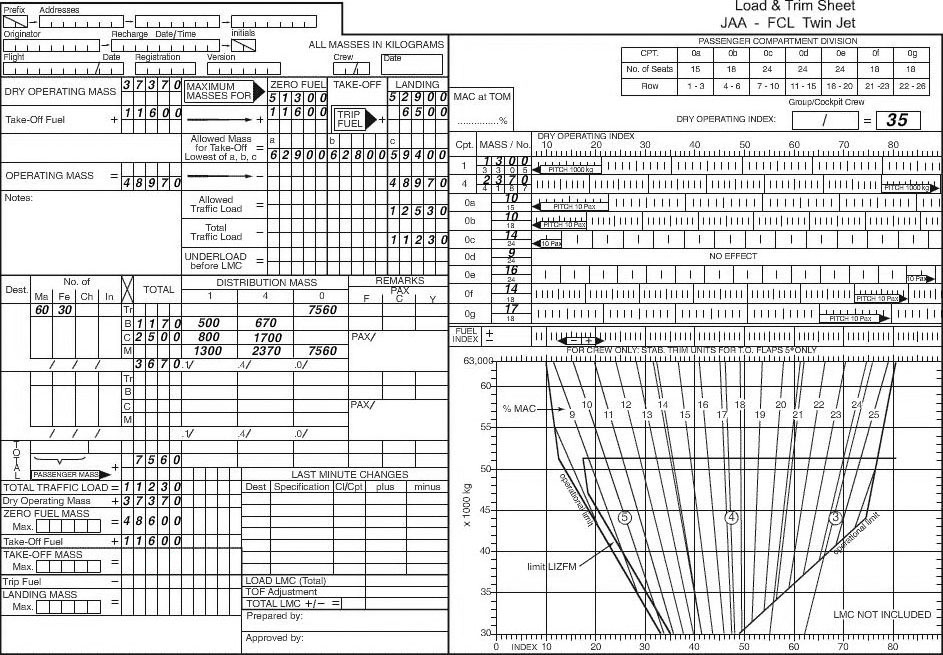
Question 62-18 : The maximum directional gyro error due to the earth rotation is ?
Question 62-19 : Heading information given by a gyro platform is given by a gyro at ?
Question 62-20 : Among the systematic errors of the 'directional gyro' the error due to the earth rotation make the north reference turn in the horizontal plane .at a mean latitude of 45°n this reference turns by ?
Question 62-21 : A turn indicator is an instrument which indicates rate of turn rate of turn depends upon .1 bank angle .2 aeroplane speed .3 aeroplane weight .the combination regrouping the correct statements is ?
1 and 2
Question 62-22 : The diagram which shows a 40° left bank and 15° nose down attitude is number . 1046 ?
Question 62-23 : The heading read on the dial of a directional gyro is subject to errors one of which is due to the movement of the aircraft this error ?
Is dependent on the ground speed of the aircraft its true track and the latitude of the flight
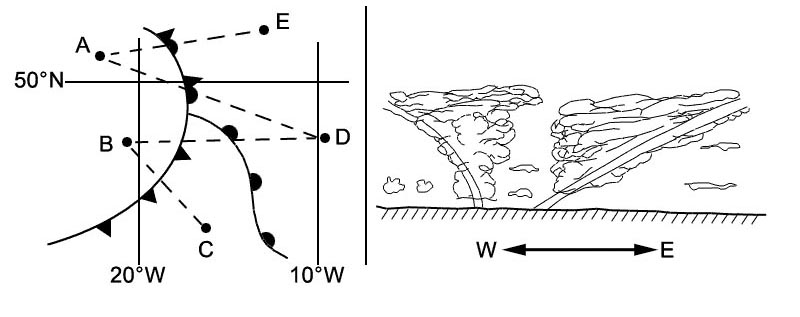
Question 62-25 : During a deceleration phase at constant attitude the control system of an air driven artificial horizon results in the horizon bar indicating a ?
Nose down attitude
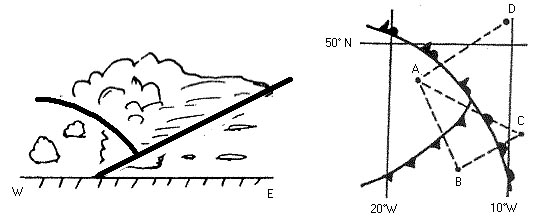
Question 62-26 : In a directional gyro gimballing errors are due to ?
Question 62-27 : Parallax error is ?
Question 62-28 : The apparent wander of a directional gyro is 15°/h ?
Question 62-29 : The artificial horizon uses a gyroscope with . note the degree s of freedom of a gyro does not take into account its rotor spin axis ?
Question 62-30 : The inertia of a gyroscope is greater when its rotation speed is ?
Question 62-31 : The rate of turn indicator uses a gyroscope . .1 the spinning wheel axis of which is parallel to the yawing axis.2 the spinning wheel axis of which is parallel to the pitch axis.3 the spinning wheel axis of which is parallel to the roll axis.4 with one degree of freedom.5 with two degrees of ?
2 4
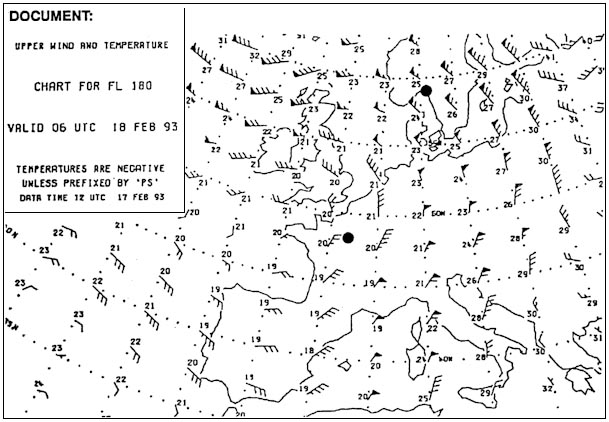
Question 62-32 : The latitude at which the apparent wander of a directional gyro is equal to 0 is ?
Question 62-34 : For an aircraft flying a true track of 360° between the 5°s and 5°n parallels the precession error of the directional gyro due to apparent drift is equal to ?
Question 62-35 : A rate gyro is used in a .1 directional gyro indicator.2 turn co ordinator.3 artificial horizon.the combination regrouping all the correct statements is ?
2
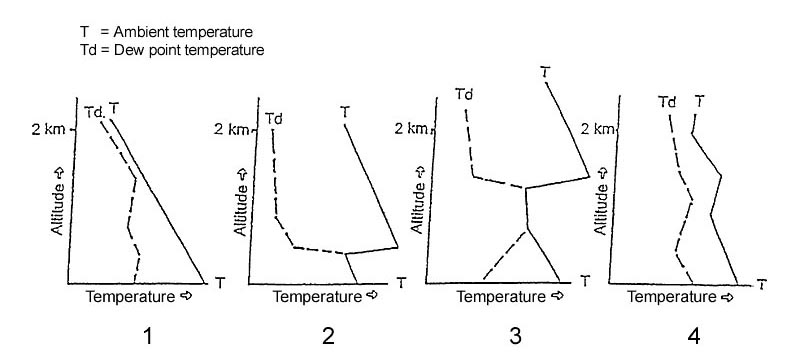
Question 62-36 : A directional gyro consists of a .nb the degree s of freedom of a gyro does not take into account its rotor spin axis ?
Question 62-37 : The spin axis of the turn indicator gyro is aligned along the ?
Question 62-38 : The properties of a gyroscope are .1 rigidity in space .2 rigidity on earth .3 precession .4 schuler oscillations .the combination regrouping all the correct statements is ?
Question 62-39 : The rate of turn given by the rate of turn indicator is valid ?
Question 62-40 : Without any external action the axis of a free gyroscope is fixed with reference to ?
~
Exclusive rights reserved. Reproduction prohibited under penalty of prosecution.
2439 Free Training Exam

